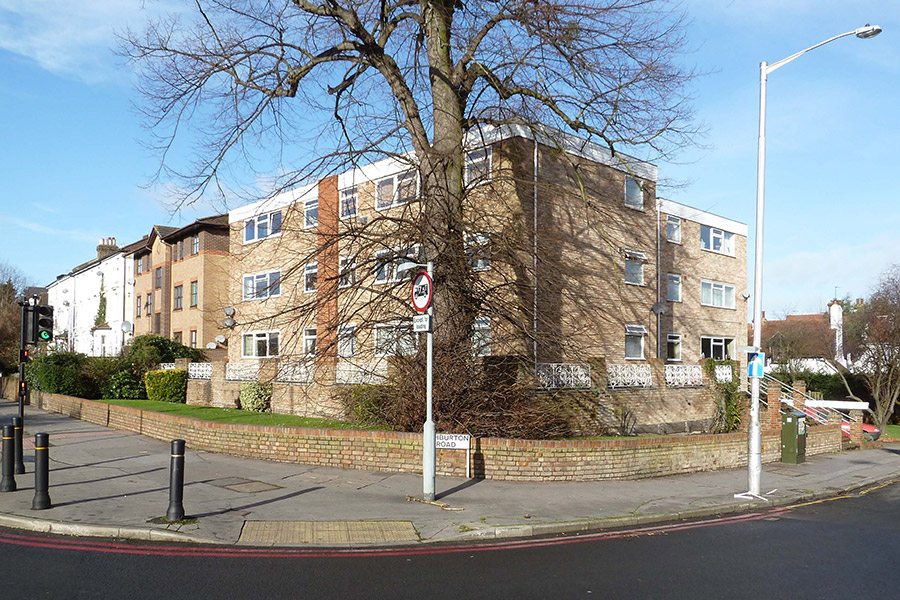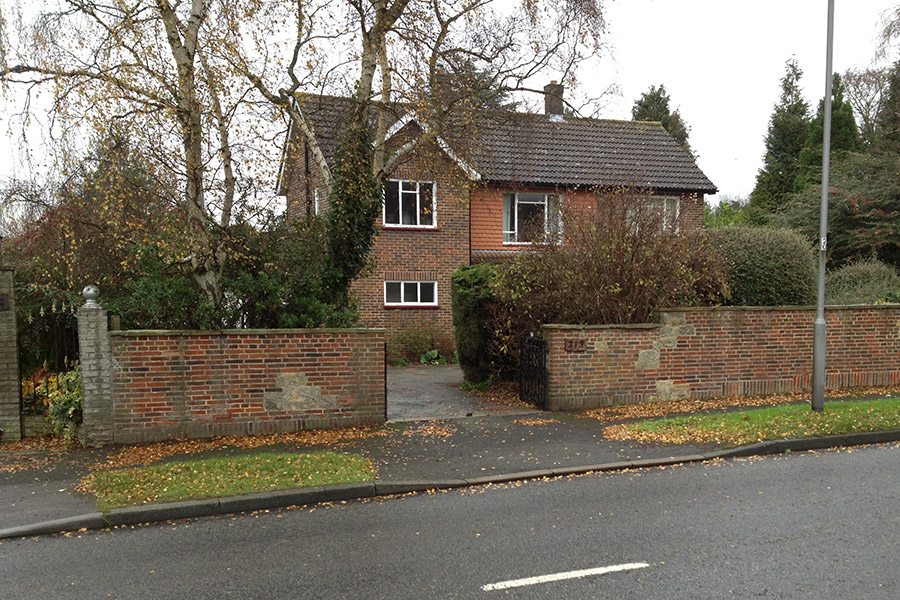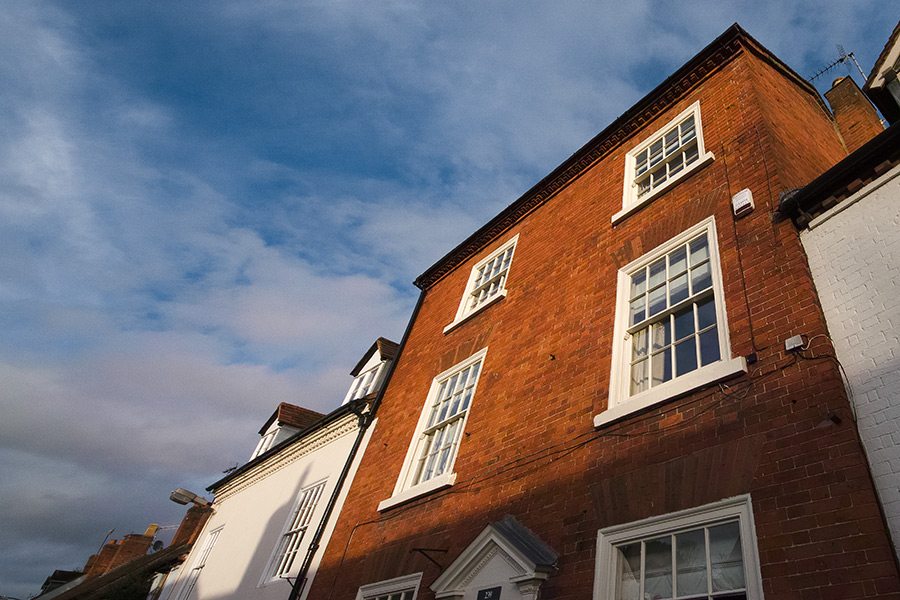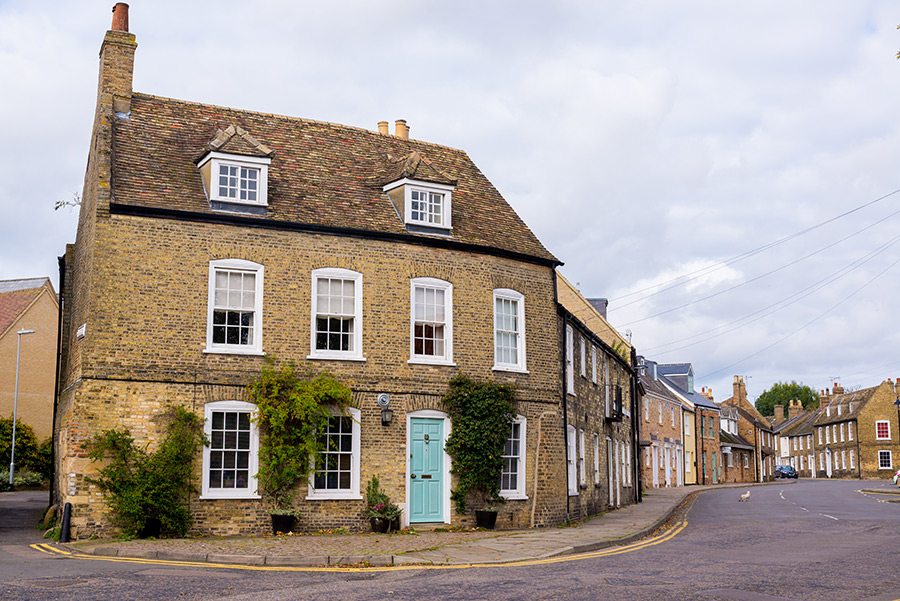-
 20th March 2018GPA gets planning permission for change of use of basement parking area, erection of...
20th March 2018GPA gets planning permission for change of use of basement parking area, erection of... -
 20th March 2018Are you a property developer? Do you want to unlock the potential of your...
20th March 2018Are you a property developer? Do you want to unlock the potential of your... -
 20th March 2018GPA gets planning permission for a new two storey detached house in Hounslow. The client’s...
20th March 2018GPA gets planning permission for a new two storey detached house in Hounslow. The client’s... -
 20th March 2018After several attempts to gain a Certificate of Lawfulness for a 2-storey rear extension...
20th March 2018After several attempts to gain a Certificate of Lawfulness for a 2-storey rear extension... -
 28th March 2018Get Planning and Architecture recently commissioned Upperlook, an aerial photography company who used a...
28th March 2018Get Planning and Architecture recently commissioned Upperlook, an aerial photography company who used a... -
 12th June 2018Our new website is live at www.get-planning.co.uk/ We want to give you an easier way...
12th June 2018Our new website is live at www.get-planning.co.uk/ We want to give you an easier way... -
 25th February 2022With London property values increasing and the cost of living following a similar pattern,...
25th February 2022With London property values increasing and the cost of living following a similar pattern,... -
 14th February 2025The appeal of double glazing in Britain’s historic properties has grown substantially as property...
14th February 2025The appeal of double glazing in Britain’s historic properties has grown substantially as property... -
 24th February 2025Planning enforcement is the systematic process of investigating and resolving possible breaches of planning...
24th February 2025Planning enforcement is the systematic process of investigating and resolving possible breaches of planning...

When Listed Building Consent is Not required
|
|
Published: 17th February 2025 Written by: Marcos Nobre |
Listed buildings are structures of special architectural or historic interest that have been placed on the statutory list of buildings of special architectural or historic interest. The listing process helps protect our architectural heritage by ensuring that any changes to these buildings are carefully considered and preserve their special character. This is why Listed Building Consent (LBC) is typically required for most alterations, extensions, or demolition works.
General Exemptions from Listed Building Consent
Some works may not require Listed Building Consent if they constitute routine maintenance, like-for-like repairs, or minor alterations that don’t affect the building’s character or special interest. However, the interpretation of what constitutes “minor” or “like-for-like” can be complex and often depends on specific circumstances.
Understanding General Exemptions in Listed Buildings
The Nature of Exemptions
General exemptions from Listed Building Consent represent works that can be carried out without formal permission. However, what seems like a straightforward concept becomes more nuanced when we examine it closely. These exemptions typically fall into three main categories: routine maintenance, like-for-like repairs, and minor alterations that don’t affect the building’s character. Let’s explore each of these in detail to understand their complexities.
Routine Maintenance
Routine maintenance forms the backbone of building conservation, and while it’s generally exempt from consent requirements, the reality is more complex than it might first appear. Consider these examples:
Clearing gutters is typically exempt, but the method matters significantly. Using a plastic scoop and gentle brushing would be acceptable, while pressure washing might damage historic materials and therefore require consent. Similarly, checking roof tiles is exempt, but the moment you need to replace even a single tile, the work might require consent depending on the method and materials used.
The complexity increases when we consider scenarios like:
Window cleaning seems straightforward, but historic glass requires special consideration. Using modern cleaning products could damage historic glass or original putty. A heritage consultant can advise on appropriate cleaning methods that won’t inadvertently damage historic fabric.
Maintaining historic timbers appears simple, but even dusting needs care. What seems like harmless dust might actually be historic limewash or other significant surface treatments. A heritage professional can identify these materials and recommend appropriate maintenance techniques.
Like-for-Like Repairs
The concept of “like-for-like” repairs sounds simple but contains numerous subtleties that can trip up even experienced builders. Consider these examples:
Replacing a broken floorboard might seem straightforward, but true like-for-like replacement involves matching:
– The wood species and age
– The board width and thickness
– The grain pattern and direction
– The original fixing method
– The surface finish and patina
– Even the tool marks that give character to the original
A heritage consultant can help by:
– Identifying truly matching materials
– Documenting the original feature thoroughly before work begins
– Advising on appropriate traditional techniques
– Sourcing authentic replacement materials
– Ensuring the repair maintains historic integrity
Minor Alterations
Minor alterations present perhaps the most complex category of exemptions. What constitutes “minor” can vary significantly depending on the building’s significance and local authority interpretation. Let’s examine some examples:
Hanging pictures might seem minor, but consider these factors:
– Using existing picture rails: Generally exempt
– Creating new fixing points: Might require consent
– Heavy items requiring substantial support: Usually requires consent
– Historic wallpaper or finishes: Always requires careful consideration
Internal decoration provides another example of complexity:
– Painting modern surfaces: Generally exempt
– Changing color schemes: Might require consent
– Covering historic features: Requires consent
– Using modern paints on historic surfaces: Requires consent
How a Heritage Consultant Adds Value
A heritage consultant brings essential expertise to navigate these complexities:
Assessment and Documentation
They can:
– Survey the building to identify historic fabric
– Document existing conditions thoroughly
– Create detailed records of any works undertaken
– Prepare maintenance schedules that clearly identify exempt works
Technical Knowledge
They understand:
– Traditional building materials and techniques
– Appropriate repair methods
– Compatible modern materials when needed
– Historic construction methods and their implications
Regulatory Understanding
They can:
– Interpret local authority requirements
– Navigate regional variations in consent requirements
– Identify precedents for similar works
– Maintain effective dialogue with conservation officers
Risk Management
They help by:
– Identifying potential issues before work begins
– Ensuring works remain within exempt categories
– Documenting decision-making processes
– Protecting building owners from inadvertent breaches
Practical Solutions
They provide:
– Alternative approaches when consent might be required
– Methods to achieve desired outcomes while preserving historic fabric
– Cost-effective solutions that meet conservation requirements
– Long-term maintenance strategies
The Importance of Professional Guidance
Even when works fall under general exemptions, professional guidance remains valuable because:
1. What appears exempt might actually require consent when all factors are considered
2. Documentation of exempt works provides protection against future questions about unauthorized alterations
3. Appropriate techniques for exempt works can differ significantly from standard building practices
4. The cumulative impact of multiple exempt works might require consent, even if individual elements don’t
5. Regular maintenance programs can be designed to maximize the benefit of exemptions while ensuring proper protection of historic fabric
Best Practice Approach
When considering potentially exempt works, follow these steps:
1. Document the existing condition thoroughly before any work
2. Consult with heritage professionals about proposed works
3. Maintain detailed records of all works undertaken
4. Inform your conservation officer of planned works, even if exempt
5. Create a maintenance plan that clearly identifies exempt works
6. Review and update your understanding of exemptions regularly, as interpretations can change
Remember that while general exemptions exist to facilitate proper building maintenance and minor works, they don’t remove the responsibility to care for the historic fabric appropriately. Professional guidance helps ensure that even exempt works contribute positively to the building’s long-term preservation.
